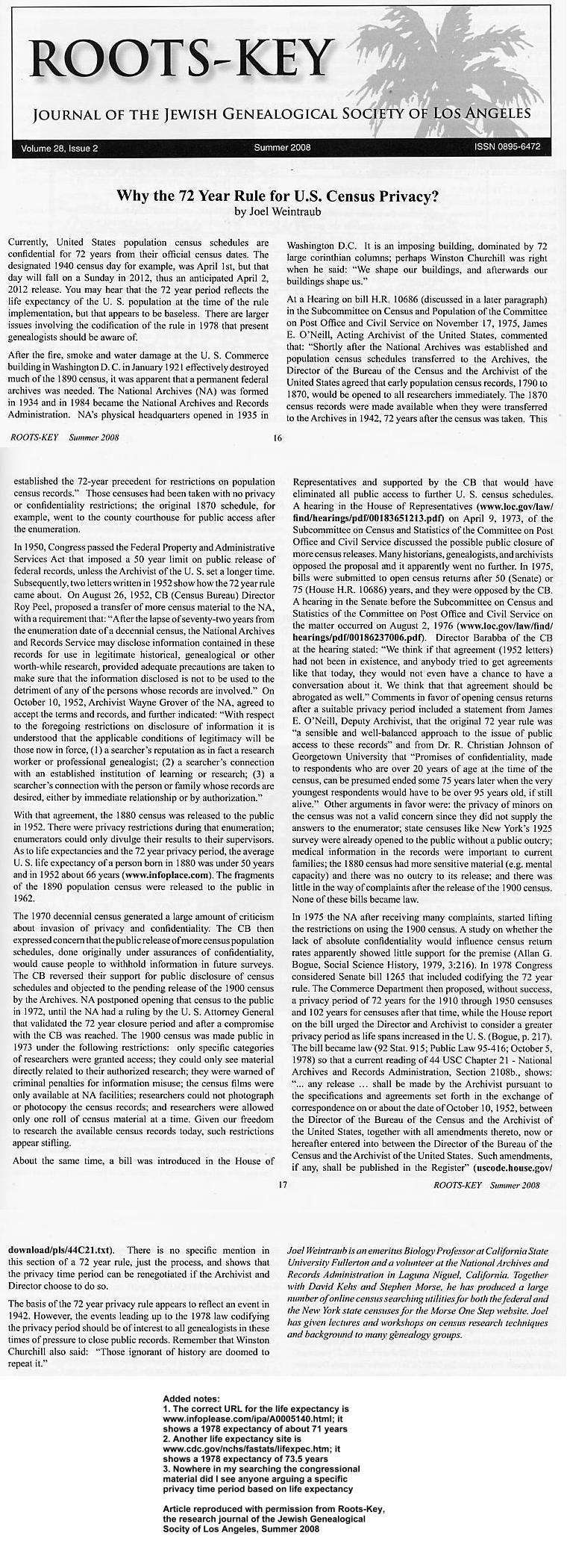When it comes to the film industry, understanding movie rules is essential for both filmmakers and enthusiasts alike. The world of cinema operates under a complex set of regulations that govern everything from content creation to distribution. These rules not only shape the way movies are made but also influence how they are perceived by audiences worldwide. By diving into the intricacies of movie rules, we can gain a deeper appreciation for the art form and the industry that supports it.
From ratings systems to censorship laws, the film industry is heavily regulated to ensure that movies adhere to societal norms and legal standards. These regulations vary from country to country, making it crucial for filmmakers to stay informed about the specific rules that apply to their projects. In this article, we will explore the various aspects of movie rules and how they impact the filmmaking process.
Whether you are an aspiring filmmaker, a film student, or simply a movie lover, understanding the rules that govern the film industry can enhance your appreciation for the art of cinema. This article will provide a comprehensive overview of movie rules, covering everything from content regulations to distribution guidelines. Let's dive in!
- Unveiling Movierulz Pag3 A Comprehensive Guide To Understanding Its Impact
- Hd Hub B4 U Your Ultimate Guide To Highdefinition Streaming And Entertainment
Table of Contents
- Biography of the Film Industry
- Content Rules in the Film Industry
- Censorship Laws and Their Impact
- Movie Rating System Explained
- Distribution Guidelines for Movies
- International Movie Rules
- Legal Considerations for Filmmakers
- How Technology Impacts Movie Rules
- Future Trends in Movie Regulations
- Conclusion
Biography of the Film Industry
The film industry has a rich history that dates back to the late 19th century. Over the years, it has evolved significantly, adapting to technological advancements and societal changes. Understanding the history of the film industry is crucial for grasping the context of today's movie rules.
Early Days of Cinema
In the early days of cinema, there were few regulations governing the production and distribution of films. Filmmakers had more creative freedom, but this also led to concerns about the content being shown to audiences. As the industry grew, so did the need for standardized rules to ensure that movies were appropriate for viewers of all ages.
Modern Era
Today, the film industry is a global enterprise with a wide range of regulations that govern everything from content creation to distribution. These rules are designed to protect audiences while also allowing filmmakers the freedom to express their creativity.
- Fikfapcom The Ultimate Guide To Understanding And Exploring The Platform
- Wwwmovierulzin A Comprehensive Guide To Understanding The Platform
Content Rules in the Film Industry
Content rules are a critical aspect of movie regulations. They dictate what can and cannot be shown in films, ensuring that movies are appropriate for their intended audiences.
Explicit Content
One of the primary concerns of content rules is the regulation of explicit content, including violence, sexual scenes, and profanity. Filmmakers must adhere to these rules to ensure that their movies receive the appropriate ratings and are distributed to the right audience.
- Violence: Many countries have strict regulations regarding the depiction of violence in films.
- Sexual Content: Films that include sexual scenes must comply with local laws and regulations.
- Profanity: The use of profanity is often restricted, especially in films intended for younger audiences.
Censorship Laws and Their Impact
Censorship laws play a significant role in shaping the content of movies. These laws vary from country to country, affecting how films are made and distributed globally.
Global Perspective
While some countries have more relaxed censorship laws, others impose strict regulations that can significantly impact the creative process. Filmmakers must be aware of these laws to ensure that their movies are compliant with local standards.
Movie Rating System Explained
The movie rating system is a crucial component of movie rules. It helps guide audiences in selecting films that are appropriate for their age group and interests.
Types of Ratings
There are several types of movie ratings, each designed to provide information about the content of a film:
- G: General Audiences
- PG: Parental Guidance Suggested
- PG-13: Parents Strongly Cautioned
- R: Restricted
- NC-17: No One 17 and Under Admitted
Distribution Guidelines for Movies
Once a film is completed, it must adhere to specific distribution guidelines to ensure that it reaches its intended audience. These guidelines cover everything from theatrical releases to streaming platforms.
Theatrical Releases
Theatrical releases are subject to strict regulations that dictate how and where a film can be shown. Filmmakers must work closely with distributors to ensure compliance with these rules.
International Movie Rules
With the global nature of the film industry, international movie rules are an essential consideration for filmmakers. These rules can vary significantly from one country to another, making it challenging for filmmakers to navigate the global market.
Regional Differences
Regional differences in movie rules can impact everything from content creation to distribution. Filmmakers must be aware of these differences to ensure that their movies are compliant with local standards.
Legal Considerations for Filmmakers
Filmmakers must also consider the legal implications of movie rules. This includes copyright laws, trademarks, and other legal issues that can arise during the production and distribution of films.
Copyright Laws
Copyright laws protect the intellectual property of filmmakers, ensuring that their work is not used without permission. Filmmakers must be aware of these laws to protect their creative endeavors.
How Technology Impacts Movie Rules
Advancements in technology have had a significant impact on movie rules. From digital distribution to streaming platforms, technology has changed the way films are made and distributed.
Streaming Platforms
Streaming platforms have introduced new regulations and guidelines that filmmakers must adhere to. These platforms often have their own content rules, which can differ from traditional theatrical release regulations.
Future Trends in Movie Regulations
As the film industry continues to evolve, so too will the rules that govern it. Emerging trends in technology and societal norms will likely shape the future of movie regulations.
Predictions
Some predictions for the future of movie regulations include stricter content rules, increased emphasis on digital distribution, and greater collaboration between countries to create standardized regulations.
Conclusion
In conclusion, understanding movie rules is essential for anyone involved in the film industry. From content regulations to distribution guidelines, these rules play a crucial role in shaping the way movies are made and consumed. By staying informed about the latest trends and regulations, filmmakers can ensure that their work complies with industry standards while still allowing for creative expression.
We encourage you to share your thoughts and insights in the comments section below. If you found this article helpful, please consider sharing it with others who may benefit from the information. For more articles on the film industry and related topics, explore our website and discover the wealth of knowledge we have to offer.
Source: MPAA
- Hub4you Movie Your Ultimate Destination For Streaming And Entertainment
- Sdmoviespointcom Your Ultimate Destination For Highquality Movies


